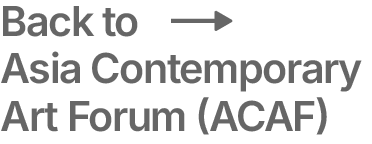Interview with Jian-Jun Zhang



1. How did you start making art?
Since I was in Kindergarten I naturally liked to draw. Once the teacher announced to the class that my work was wonderful, it made me feel that I was an artist. I remember that when people asked me what I wanted to be, I always answered “artist.” In Junior High and High School, I studied drawing and oil painting professionally, and afterwards, I attended art college.
2. What experiences have most influenced your choice of subject matter, medium and style?
My major study as an art student was Western Oil Painting, but after graduation, I went to the DunHuang Buddhist caves in the west of China, where I was shocked by the spiritual level of the paintings. In Western paintings, portraying reality and 3-dimensions are very important, in the paintings at DunHuang, I realized there was another way to create art, through the spiritual level.
Afterwards, I researched the Chinese philosophers Lao Tzu and Chuang Tzu, as well as others. This influenced my work which then changed, instead of painting the natural (real) world directly, I began to use natural materials directly in my paintings, such as stones and wood on canvas. This was the earliest abstract work in Shanghai at the beginning of the ‘80s. In 1983, my exhibition was closed by the government, and I was criticized for being influenced by Western bourgeois art. However, I continued to paint as I pleased.
At the end of the ‘80s, I came to America, first as a grantee from the Asian Cultural Council in 1987, and immigrated here in 1989. I continued the type of work I had been doing in China for the first 2-3 years, but as time went on, I began to be confused. I had left the Chinese cultural background, but I was unable to get into American culture. Trying many different approaches in my artwork, I was questioning what was my self and my position in the world. This struggle continued until I realized that I was actually a bridge between two lands and two cultures, and that I could see through both experiences. Combining these two cultures, I could see the differences, and play with it in my artwork.
New York is an international multi-cultural city, which is integrated into daily life. This has deeply influenced my art.
My work then started to integrate these different cultures through time, showing the transitions that these cultures are going through, and combining the different cultural experiences to create new work. Now, half my career and time is in China, and half here in America, I married an American woman artist, and these two cultures are part of my life.
The concept of time has always been a part of my work, the topic of my work, but now time has become a media for my art.
3. Is your formal or informal training as an artist useful? How?
My formal training is quite useful, it gives me the tools to express my thoughts and concepts. Even there are some techniques I learned early on I may not use much, but it helps to know these tools for my visual judgment.


4. Does your work reflect issues in yourself, in society or community? What would you say is the purpose for making art?
For the first question, see #2.
For the second question:
For myself, to make art is the integration of nature and different cultures, which creates beauty. By doing artwork, I have a dialog with my thoughts and the world.
5. How does your current portfolio fit into the rest of your body of work?
I have been working on these series of artworks for a decade, and the work constantly develops.



